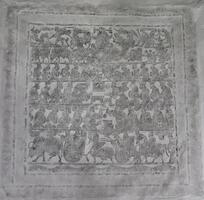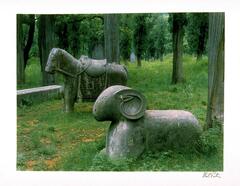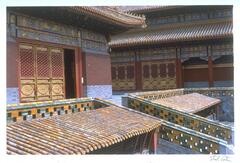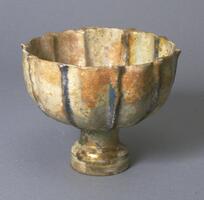7 UMMA Objects
7 UMMA Objects

Bo Yang
Rubbing of Journey of the Soul to the Paradise of the Queen Mother of the West (2000/2.1) - Front
2008
Museum purchase made possible by the Katherine Tuck Enrichment Fund
2008/1.154.1

Eliot Porter (American (North American))
The Kong Forest
1980
Gift of Clayton E. Wilhite
1987/1.252.3

Ki-hun Yang
Geese and Reeds (one of a pair)
1867 – 1899
Gift of Keum Ja and Byung Schick Kang
2009/1.488.1

Ki-hun Yang
Geese and Reeds (two of a pair)
1867 – 1899
Gift of Keum Ja and Byung Schick Kang
2009/1.488.2

Chinese (Chinese (culture or style))
Journey of the Soul to the Paradise of the Queen Mother of the West
2nd century
Museum purchase made possible by the Friends of the Museum of Art and the Margaret Watson Parker Art Collection Fund, in honor of Senior Curator Marshall Wu on his retirement
2000/2.1

Eliot Porter (American (North American))
Imperial Palace, Peking
1980
Gift of Clayton E. Wilhite
1987/1.252.2
Loading…

